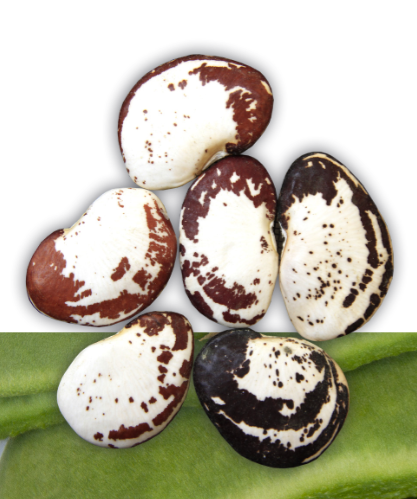In 1998 the “CV” brand was created, owned by the Generalitat Valenciana. The aim of this brand is to protect agricultural and agri-food products from the territory of the Valencian Community, establishing a mechanism for the technical and commercial distinction of those products with special qualitative, socio-cultural or economic values, in order to protect their uniqueness, avoid unfair competition and make it easier for consumers to identify them.
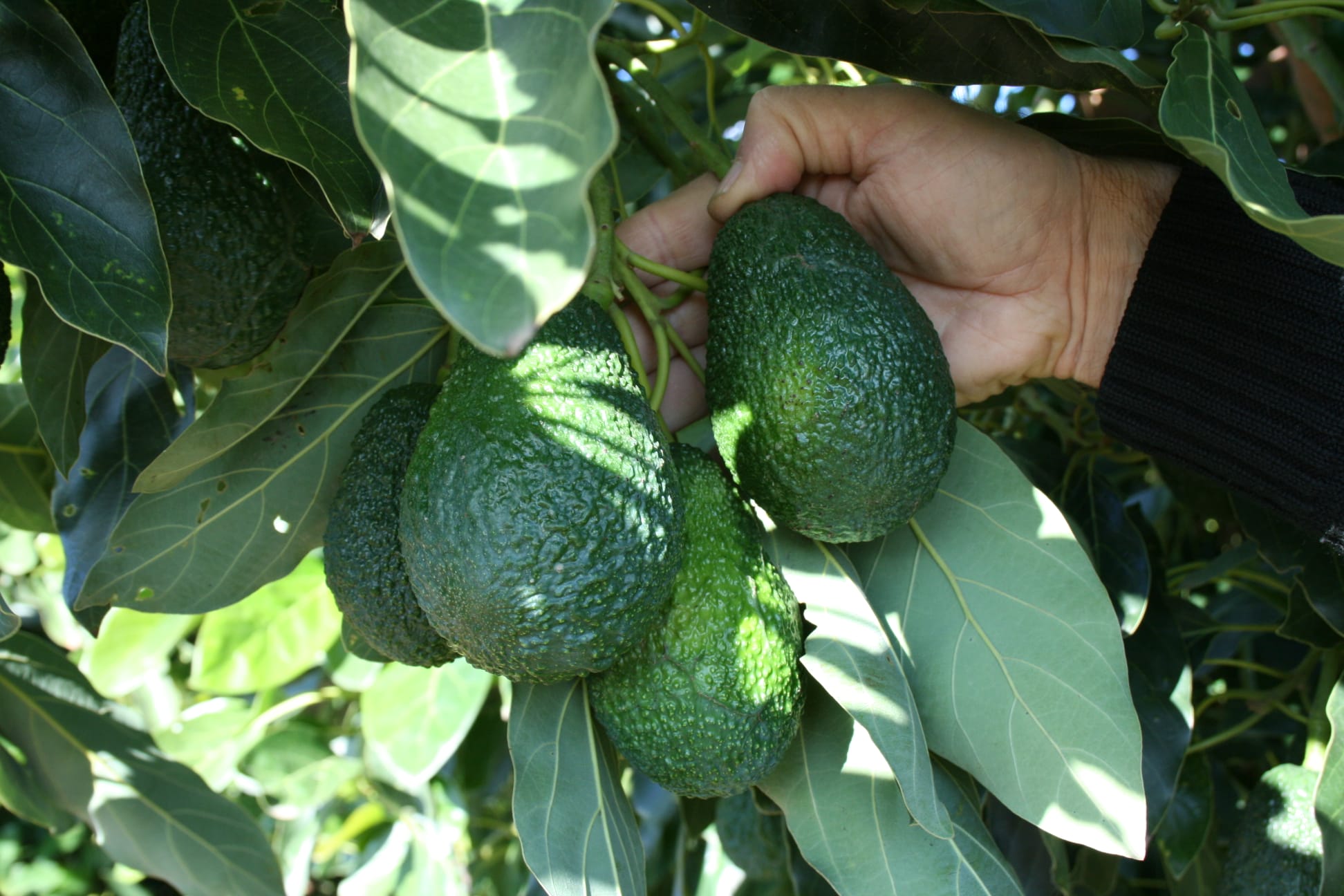
- Aguacate valenciano
- Tomates CV
- Oveja guirra
- Dátil de Elche
- Trufa valenciana
- Poma Perelló
- Garrofó valencià
Avocados from the Valencian Community are a product of interest for the agri-food sector as it is a recently introduced crop, but which stands out for its great adaptation to the soils and climate of the Valencian region. It is a local crop with a low incidence of pests, making it more sustainable and environmentally friendly. It is a healthy fruit with optimum organoleptic characteristics as, unlike overseas avocados, the ripening stage in containers is avoided.
With 3,685 hectares of crops producing around 21,000 tonnes of avocados, the Valencia Community offers the perfect climate for a crop at an early stage in the region, guaranteeing the highest levels of traceability, food safety and environmental sustainability.
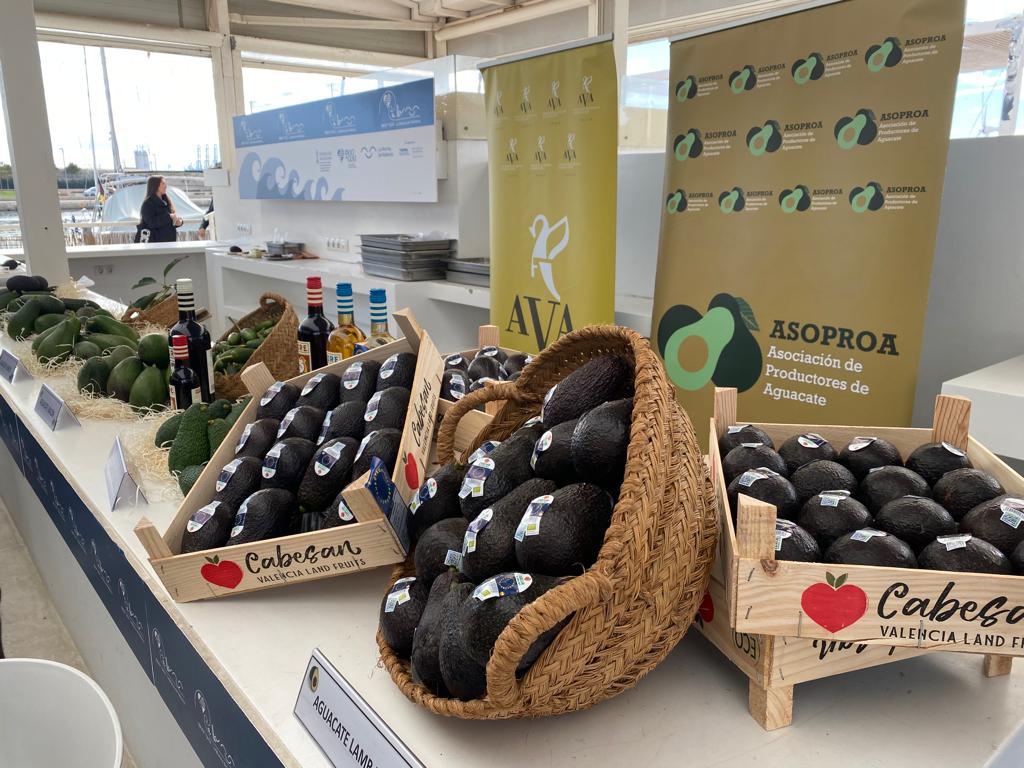

Tomata de Penjar
The Tomata de Penjar d'Alcalà de Xivert is marketed and consumed as a fresh product throughout the year. It has an intense red colour that it acquires shortly after being harvested. Its skin is very thin and the pulp is very abundant, as is its juice, which is basically made up of water. Its flavour is intense and sweet and its acidity is low.
Tomate de Muchamiel
The Muchamiel tomato is one of the most traditional varieties of the Valencian lands and is widely cultivated in the municipality of Muchamiel and in the Alicante region in general. The fruit is characterised by its pronounced ribs and intense shoulders, and for being a late variety, as it is harvested in autumn. It is a variety intended for fresh consumption, with a thin but resistant skin and good organoleptic qualities.
Tomata Valenciana
The Valencian Tomato is a rustic variety widely cultivated in the southern regions of Castellón, Valencia and the north of Alicante. It is grown both in the open air and protected. It is harvested early, midle and late season. Due to its fleshiness as well as its good organoleptic qualities, it is mainly intended for fresh consumption. Within this variety, the following subtypes stand out: Tomata Valenciana blanca and Tomata Valenciana Masclet.
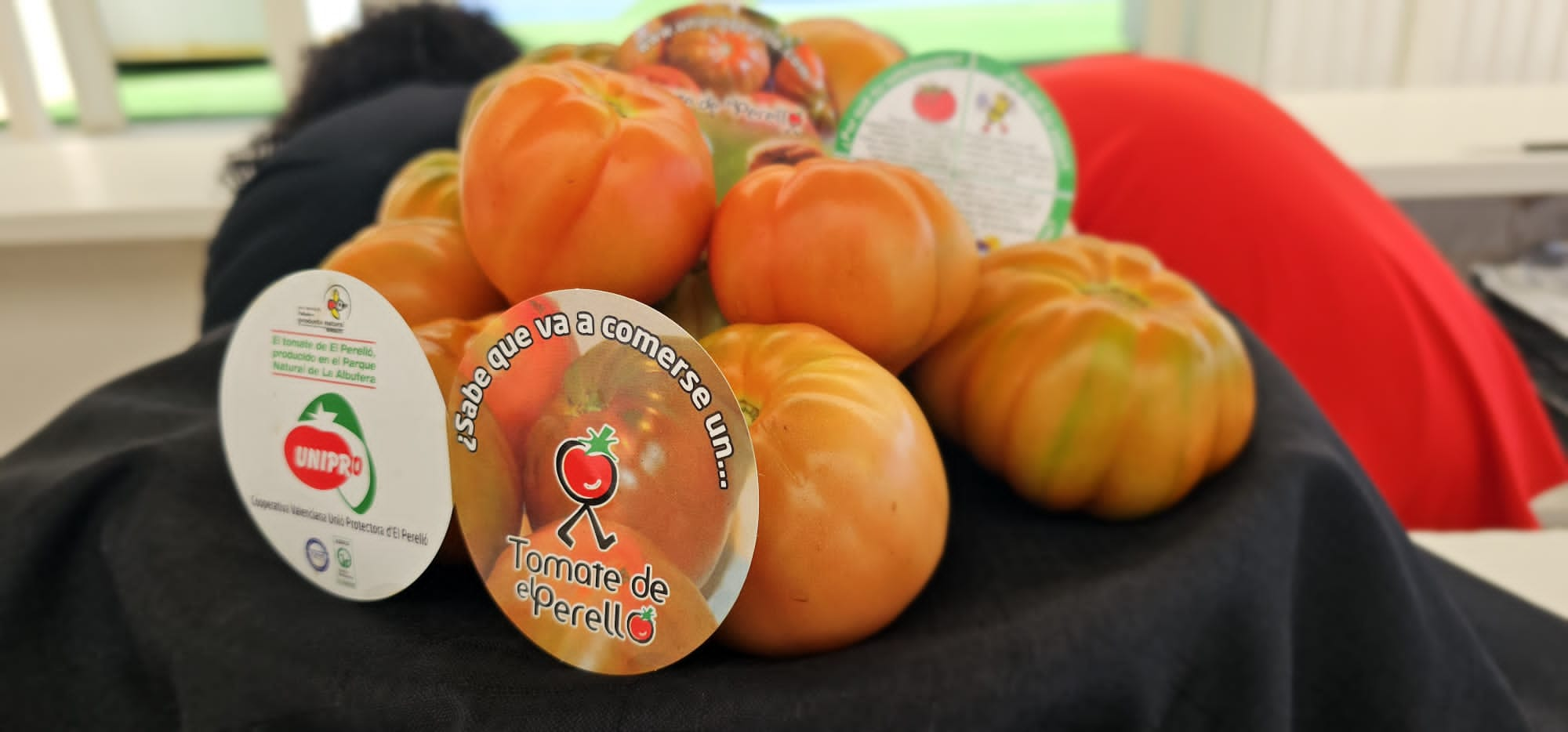
The Tomata de Penjar d'Alcalà de Xivert is marketed and consumed as a fresh product throughout the year. It has an intense red colour that it acquires shortly after being harvested. Its skin is very thin and the pulp is very abundant, as is its juice, which is basically made up of water. Its flavour is intense and sweet and its acidity is low.
Tomate de Muchamiel
The Muchamiel tomato is one of the most traditional varieties of the Valencian lands and is widely cultivated in the municipality of Muchamiel and in the Alicante region in general. The fruit is characterised by its pronounced ribs and intense shoulders, and for being a late variety, as it is harvested in autumn. It is a variety intended for fresh consumption, with a thin but resistant skin and good organoleptic qualities.
Tomata Valenciana
The Valencian Tomato is a rustic variety widely cultivated in the southern regions of Castellón, Valencia and the north of Alicante. It is grown both in the open air and protected. It is harvested early, midle and late season. Due to its fleshiness as well as its good organoleptic qualities, it is mainly intended for fresh consumption. Within this variety, the following subtypes stand out: Tomata Valenciana blanca and Tomata Valenciana Masclet.

The guirra sheep is a breed native to the Valencian Community, bred and recovered by farmers in our region. Its meat has a tender, mellow flavour and differentiated quality, as it is a local, zero-kilometre product that can be used in a wide range of gastronomic options.
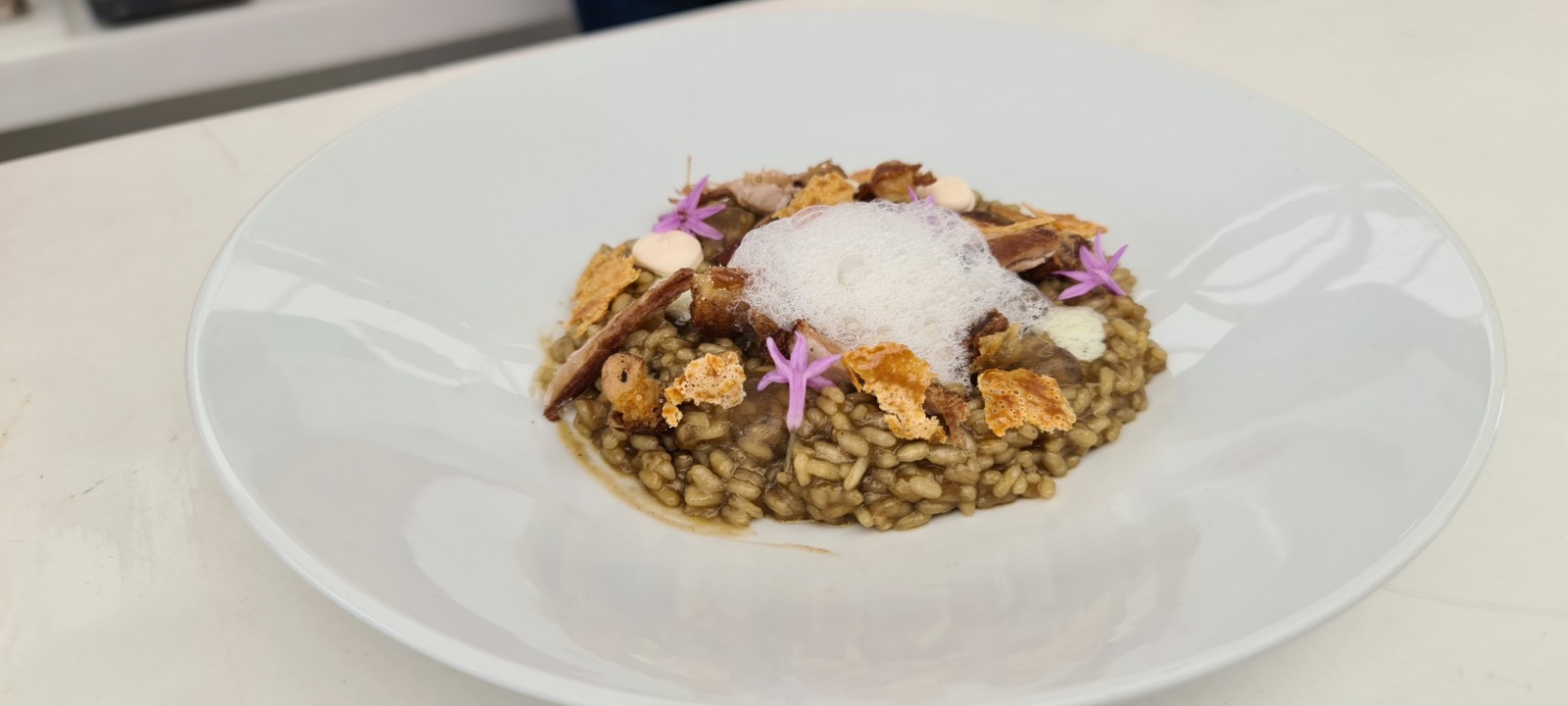

The Dátil de Elche is cultivated in a traditional way in a unique area of outstanding natural beauty such as the "Palmeral de Elche", which is characterised by the wide genetic diversity of its specimens. Dates grown in Elche and Crevillente are marketed in varieties and cultivars adapted to the environment of Elche obtained from Phoenix dactylifera L. of the Arecaceae family. These dates have excellent organoleptic characteristics, particularly their soft texture, aroma and sweet taste.
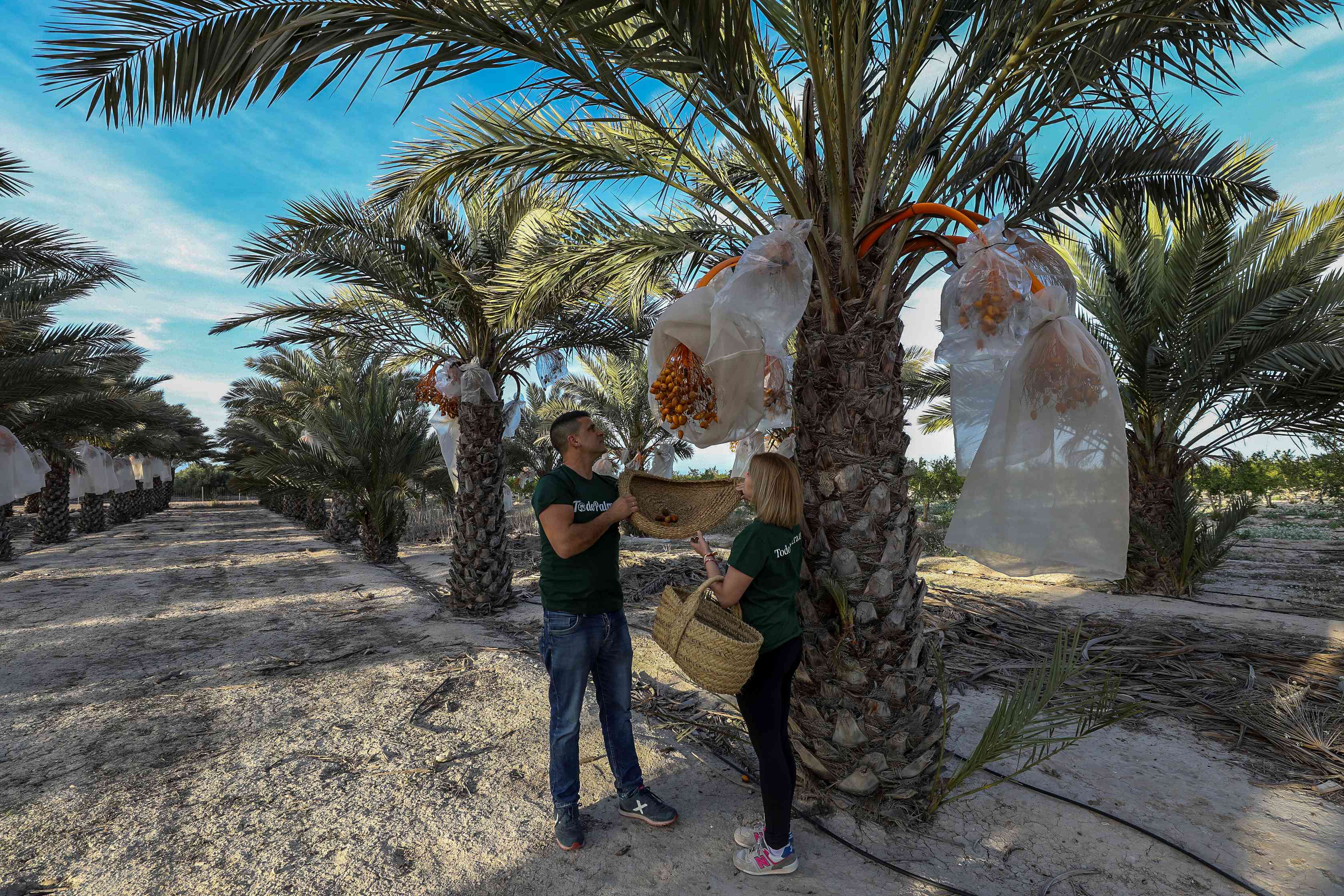

Known as the gastronomy black diamond, the black truffle is the finest, most expensive and desired fungus in the world. In the Comunitat Valenciana, truffles of unique flavour and aromas are cultivated by hand, adding the saline touch of the Mediterranean to a delicacy that traditionally has fruity notes and natural aromas of butter and olive. All these characteristics combine to create the special flavour of the black truffle Tuber Melanosporum, similar in taste to some nuts, such as hazelnuts or walnuts, which differ in their high market price, their scarcity, their high demand and their laborious hand-harvesting.
Freshly harvested, it is a powerful antioxidant that stands out for its intense aroma and slightly bitter taste, perfect to use in sauces and creams or as an accompaniment to a wide variety of dishes.


Grown in Alicante Mountains, specifically in the municipalities of Agres, Alfarara, Benifallim, Tárbena, Vall d'Alcalà, Castell de Castells and, above all, in Vall d'Ebo, the poma perelló is a winter fruit that is little known outside its area of influence. With a production of around 100,000 kilos limited to Marina Alta, La Marina Baixa and El Comtat, the poma perelló is a unique fruit that ripens in winter and begins to be harvested in mid-October.
Its main uniqueness lies in the fact that it does not ripen on the tree, but is picked when it is green, and acquires its characteristic colour protected by cloths or blankets. After the 'acanellat' process, the poma perelló becomes a brown-coloured fruit that lasts for several months in the fridge. Like almost all apples, the 'poma perelló' can be eaten fresh, roasted on the barbecue or in the oven or in traditional baked recipes such as 'cocas' or 'buñuelos'.
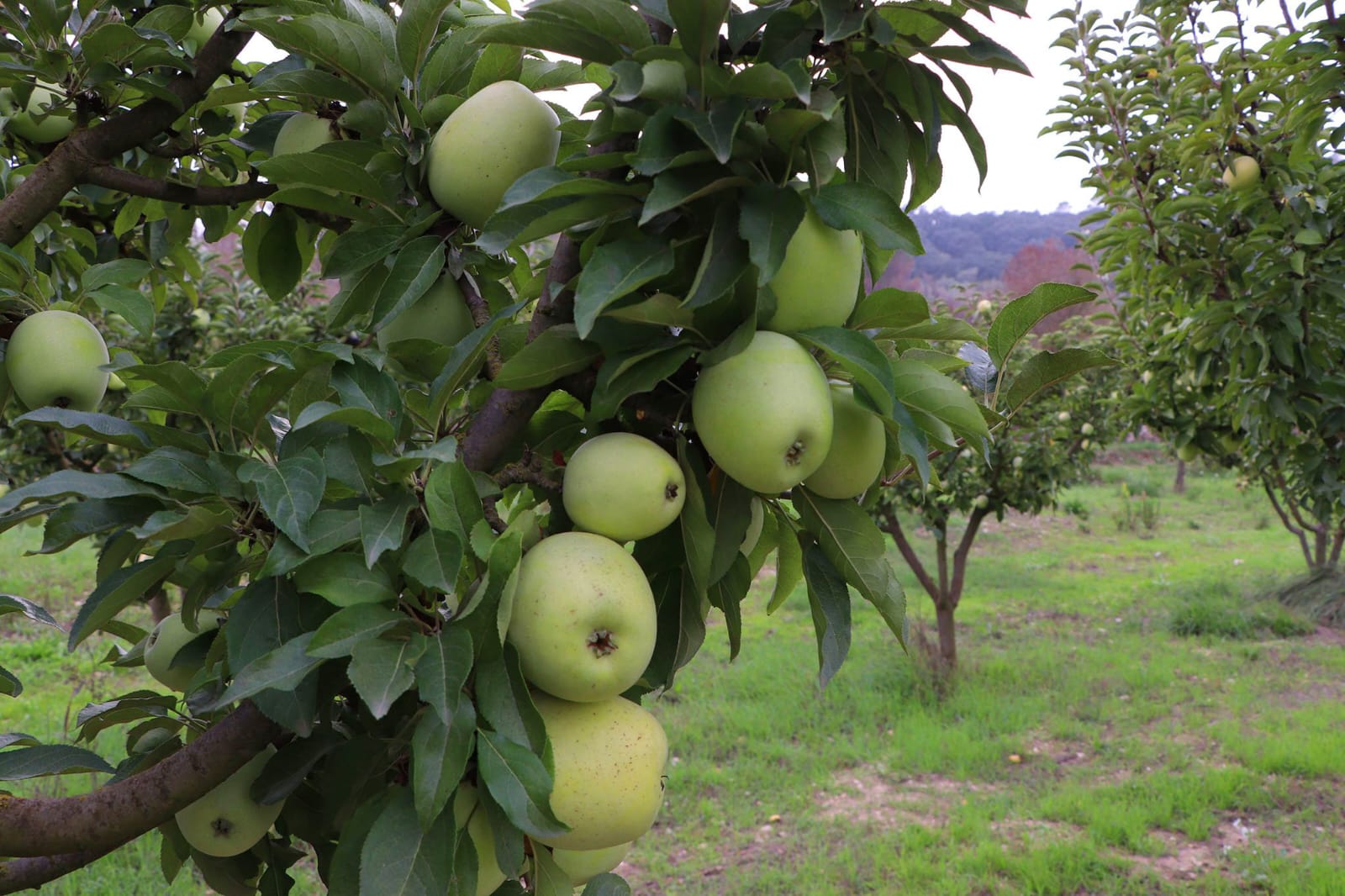

The Garrofó Valencià is a legume that is deeply rooted in the culinary traditions of the Comunitat Valenciana. The beans are unmistakably, flat and quite large, and the Valencian varieties are stained red or purple, unlike the foreign varieties, which are completely white. It is a crop of interest to the agri-food sector, although it is currently in decline. The recognition of the Garrofó Valencià with the Marca CV aims is to promote the cultivation of native varieties and give them greater recognition in the market.
